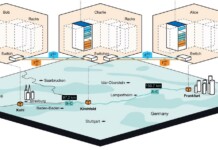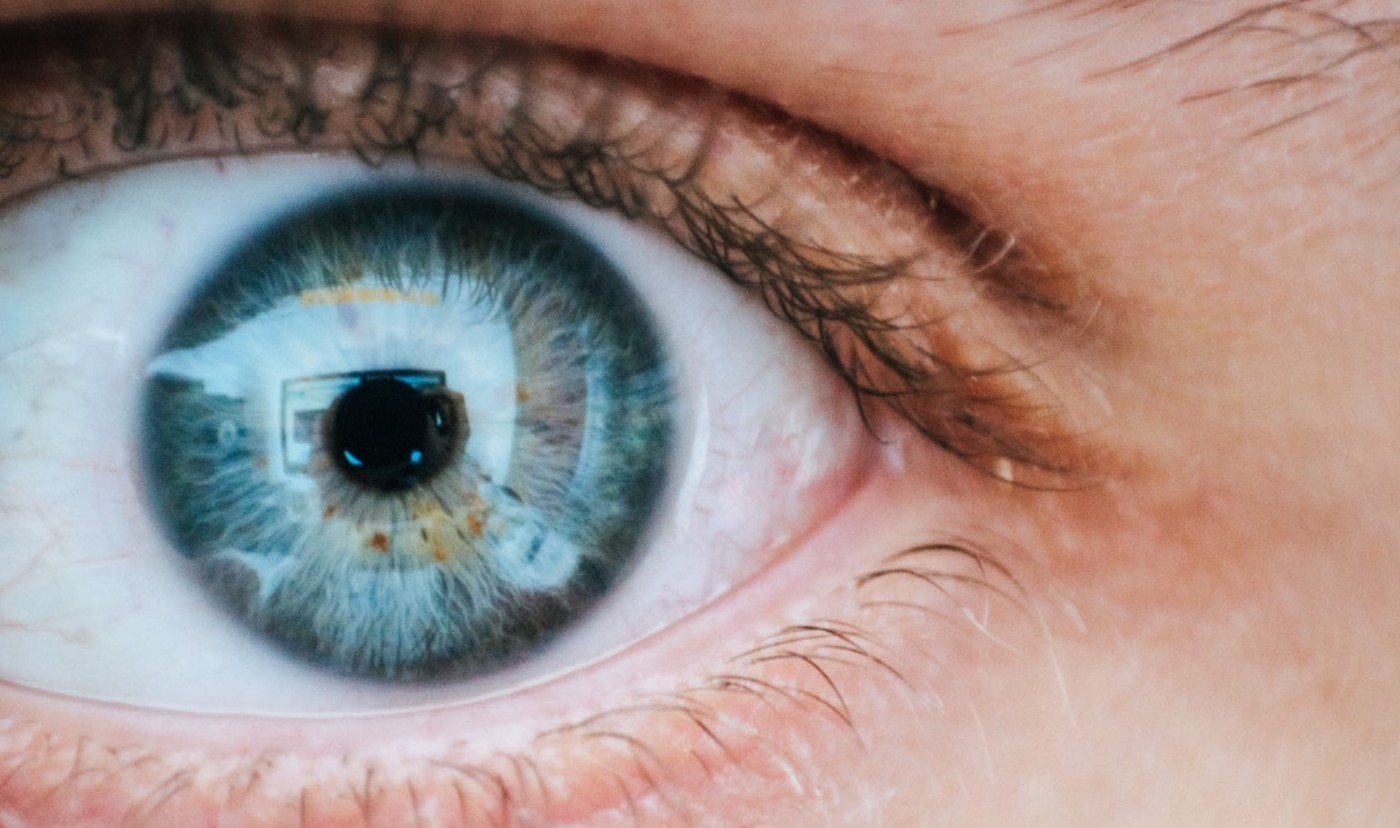By injecting a Parisian man’s eye with genes from algae that encode for light-sensing proteins, scientists were able to slowly restore the patient’s vision to the point where he could locate, identify, and count objects again.
The treatment is being called a breakthrough in optogenetic therapy, and offers a chance of vision restoration in people with retinitis pigmentosa, the degradation of photoreceptive cells in their eyes.
Found in glowing algae, the protein, called channelrhodopsin ChrimsonR, aids in the flow of ions in and out of the cell after being exposed to light. The application of this protein opens up new possibilities for retinal gene-therapy, as it bypasses the broken photoreceptors typifying retinitis pigmentosa.
Instead, the ChrimsonR genes were targeted for retinal ganglion cells, which are part of the vision equipment responsible for taking information from photoreceptors and relaying them to the optic nerves, and then to the brain where they’re transformed into what we know as sight.
The ganglia were essentially given the job of the photoreceptors, which due to the disease no longer functioned. A pair of purpose-built goggles collected the image of the world and condensed it into a single amber-light spectrum, the one which causes the channelrhodopsin ChrimsonR protein to change shape and send signals to the brain.
MORE: A Single Injection Reverses Blindness in Patient with Rare Genetic Disorder – Another RNA Success
Over months of training, the patient was able to see objects, the white lines on the sidewalk, and more with the help of the goggles—all of which is detailed in the resulting study, published in Nature journal. This doesn’t seem like a particularly advanced treatment, but retinitis pigmentosa has no approved therapy, and is one of the most common causes of blindness in young people.
Further developments in this field could make optogenetic therapy much more futuristic, such as if a gene somewhere in biology could be found that reacted in the same way as ChrimsonR, but towards multiple color spectrums. This would allow a more natural version of sight to be restored.
On the other hand, stem cell methods for restoring photoreceptors have been pioneered in mice and also performed in humans. Sai Chavala, Ph.D. at the Laboratory for Retinal Rehabilitation in the University of North Texas, recently showed that fibroblasts, a type of skin cell, can reprogram themselves into photoreceptors in patients and mice with age-related macular degeneration (MD), a type of progressive blindness that’s so common it’s practically just described as “aging.”
Chavala is gunning for FDA approval of this treatment for rolling back age-related MD in the next 1-2 years.
OPEN Pals’ Eyes to the Good News by Sharing This Story…




















